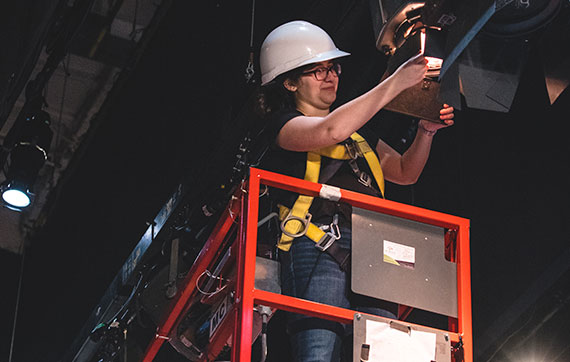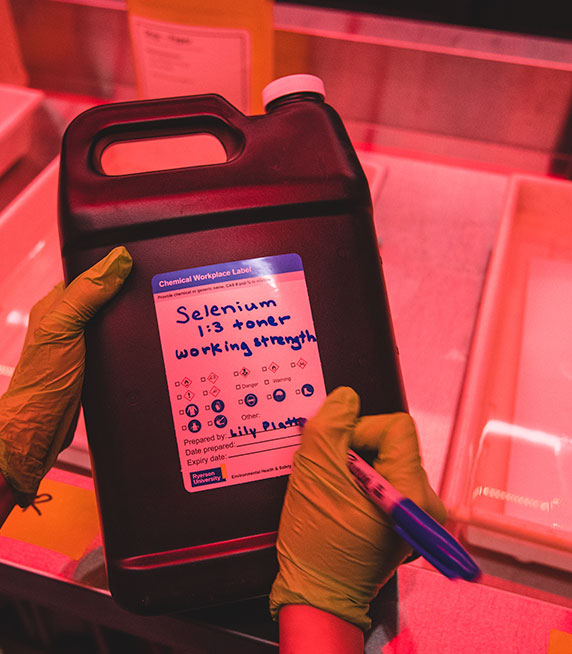Legislative Priorities (2018-2019)

Safety, environmental, and Workplace Safety Insurance Board (WSIB) legislative requirements are constantly changing. Through the Council of Senior Administrative Officers (CSAO) sub-group, the Council of Environmental Health and Safety Officers (CEHSO), we continue to engage in consultations with:
- Ministry of Labour
- WSIB
- Public Health Agency of Canada
- Canadian Food Inspection Agency.
On an ongoing basis, regulatory changes are monitored and their impacts on the sector analyzed.


2018
In 2018, there were five changes of note:
- the legalization of Cannabis,
- Workplace Hazardous Materials Information System (WHMIS) 2015 came into effect,
- changes to monetary penalties for offenses under the Occupational Health and Safety Act;
- changes to Federal Legislation in regard to Drones/UAVs;
- changes to exposure limits under the Occupational Health and Safety Act.


2019
Legalization of cannabis
Ryerson was part of the Council of Ontario Universities’ (COU) Working Group on Cannabis and hosted an internal Legalization of Cannabis Taskforce to prepare the university for the new legislation.
The university continues to monitor and respond to the new cannabis legalization and the resulting impacts on students and employees.

Workplace Hazardous Materials Information System (WHMIS) 2015
Through CEHSO and COU, Ontario Universities have been lobbying the Ontario MInistry of Labour through COU for an amendment to the WHMIS 2015 regulation around the wording pertaining to workplace labels.
This regulatory amendment was received in 2019, and Ryerson is currently updating all our WHMIS labels on over 15,000 chemicals.
Ryerson is also leveraging our existing chemical inventory systems, HECHMET and ChemWatch for efficiencies and consistency.


Environmental Activity and Sector Registry (EASR):

The new regulation (o.Reg.245/11) under the Environmental Protection Act allows the university, as a low risk emitter, to submit an online Environmental Activity and Sector Registry (EASR) application for environmental emissions to the Ministry of the Environment, Conservation and Parks.
Ryerson has completed the RFP process and awarded the work to a consultant to assist us with the EASR application. To register as required, we will need to do extensive data collection and documentation to determine the amount of chemicals used within Ryerson, and what our noise emissions are to ensure compliance with the Ministry’s and City of Toronto limits.
Ryerson is completing extensive data collection and documentation to determine the amount of chemicals used within Ryerson, and what our noise emissions are to ensure compliance with the Ministry’s and City of Toronto limits.

WSIB rate framework modernization

WSIB Rate Framework Modernization is scheduled to be implemented in January 2020. While promising to introduce stability to the current fluctuating premium rates, we continue to review for impact and monitor progress.
WSIB Rate Framework Modernization is scheduled to be implemented in January 2020.